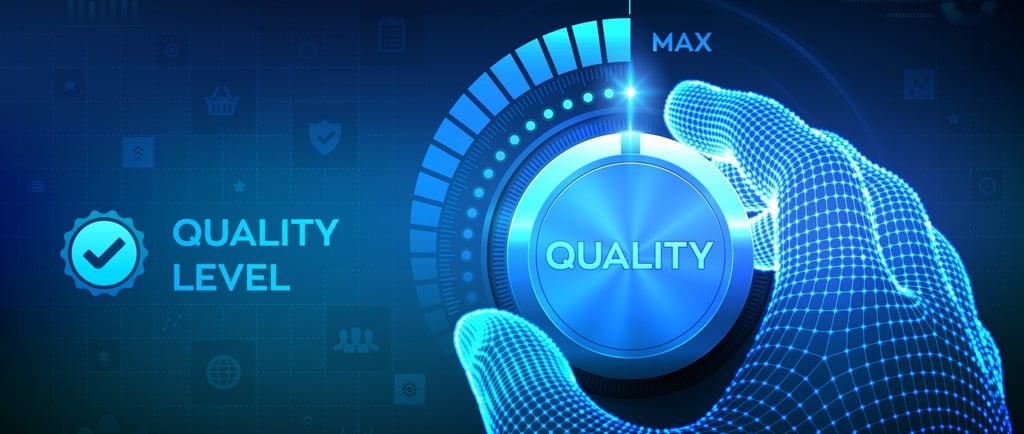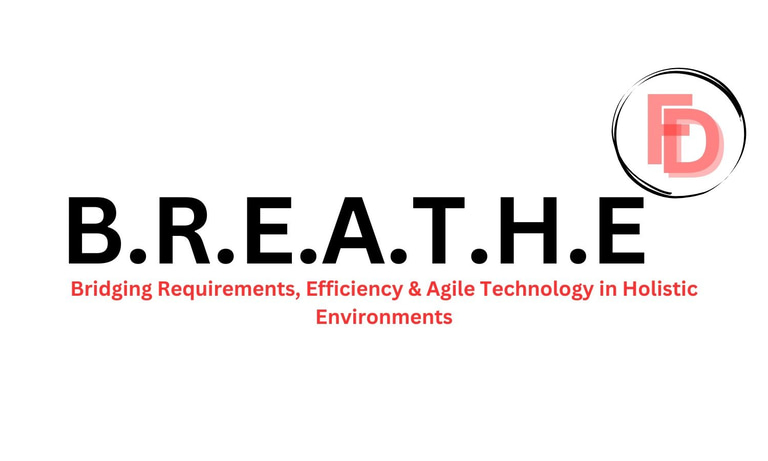Quality Management (issue 1)
WHAT DOES QUALITY MEANS TO YOU?
fafure david
1/2/20253 min read


The quality of a product or service is difficult to define in plain terms since it is often viewed by people’s perceptions and measured against their own individual experiences. We all know, or think we know, what the meaning of the terms is but looking at those who have been asked over the times it was seen that the answer was often vague or given in general terms; some attribute quality to “style” while some to how long the product lasts.
It will be agreed that none of the given definitions can be considered wrong in themselves, but going by what it could represent in the business world today we can agree that in simple terms, QUALITY means user satisfaction: that is when goods or service provided satisfies the needs or the expectation of the user.
To achieve this level of quality as indicated in the definition, we will need to consider it under the following features:
1. Quality and product policy.
Product planning (PP) involves decisions about the products and services that a firm will market. This is a combination of tangible and intangible characteristics that a company hopes the customer will accept
and be willing to pay for. PP must take into account the market segment to
be served, the level of performance expected, and the price to be charged, and it must
estimate the expected sales volume. This basic quality level of a product is thus specified by the senior management according to understanding of the wants and needs of
the market segment.
2. Quality and product design.
The study of the marketplace should produce a general specification of the product, outlining the expected performance, appearance, price, and volume. Product designers will now have the mandate to build into the product the quality level described in the general specification. They determine the materials to be used, dimensions, tolerances, product capability, and service requirements. If product designers do not do this properly, the product or service will be unsuccessful in the marketplace because it may not adequately satisfy the needs and expectations of the user/target market.
3. Quality and manufacturing.
Quality in manufacturing means that, at a minimum, all production must be within specification limits and the less variation from the nominal the better the quality. Manufacturing must strive to produce excellent—not merely adequate—products. Every product or service produced will have some form of tolerance expressed, (the weight of bars of soap, the frequency response of compact disks, or the time spent on queue will all have a plus and minus tolerance). Tolerances establish the minimum acceptable limits and are usually expressed as the amount of allowable variation about the desired amount. If an item is within tolerance, then the product should perform adequately. If it is not, it is unacceptable. However, the closer an item is to the nominal or target value, the better it will perform and the less chance there is of creating defects. (we will consider Six Sigma in later updates).
4. Quality and use.
To the user, quality depends on an expectation of how the product should perform. This is sometimes expressed as “fitness for use.” Customers do not care why a product is defective, but they care if it is defective. The customer may need some introduction to the proper use of a product or feature, especially with new products. It is recommended that every manufacturer of a product must adequately provide useful instructions for every product introduced into the market, either through the use of manual, awareness at point of delivery or open campaigns. Because the performance of a product will be measured by reliability, durability and maintainability.
The objective of Total Quality Management (TQM) is to provide a quality product to customers at a lower price. is an approach to improving both customer satisfaction and the way organizations do business. TQM brings together all of the quality and customer-related
process improvement ideas. By increasing quality and decreasing price, profit and growth will increase, which will increase job security and employment.
i. Attitude of continuous improvement must be a culture of every organization; this should also be done reduce costs and increase quality.
ii. Focus on the customer must be a priority, listening so that goods and services can meet the customer at low costs and reduced defects.
CUSTOMER’S REQUIREMENTS FROM SUPPLIERS
1. High quality level
2. High flexibility to change (volume, specifications, or delivery)
3. High service level
4. Short lead times
5. Low variability in meeting targets
6. Low cost
None of these should necessarily be in conflict, they don’t need to be trade-offs if the process is designed to provide them.
The three dimensions that are used to measure quality are function (does the product perform as specified?), Aesthetics (the level of appeal the product or service has on the users), and accuracy (level of conformity or non-conformity of the product, the defects or rejections).
